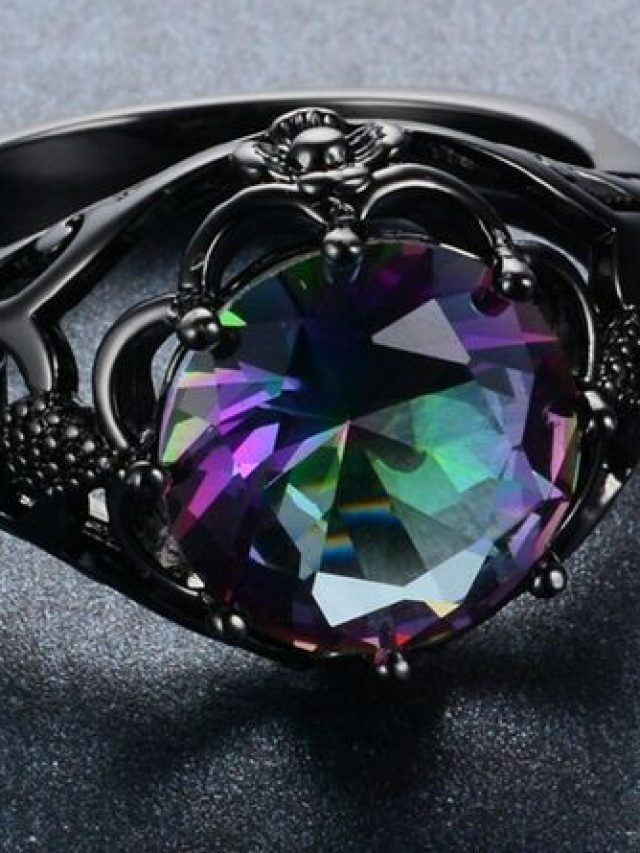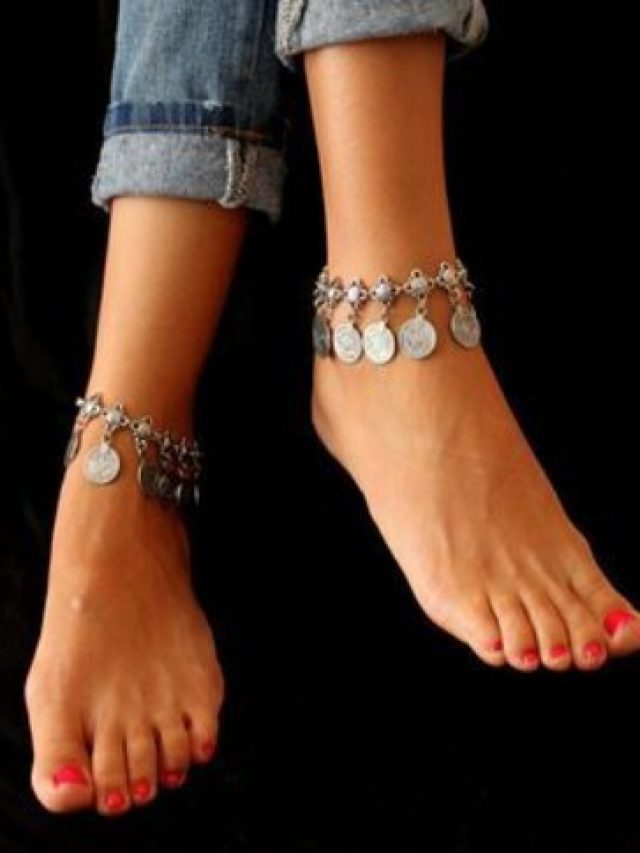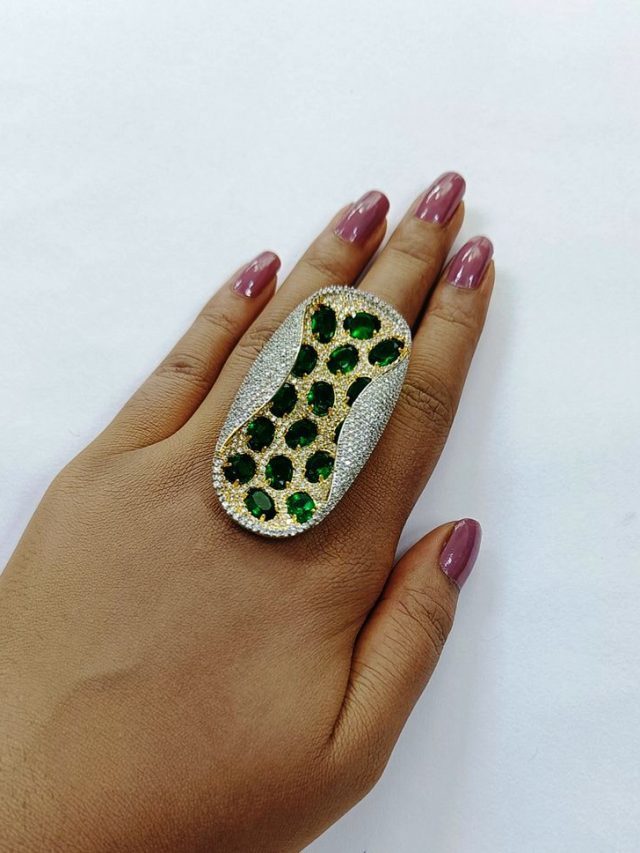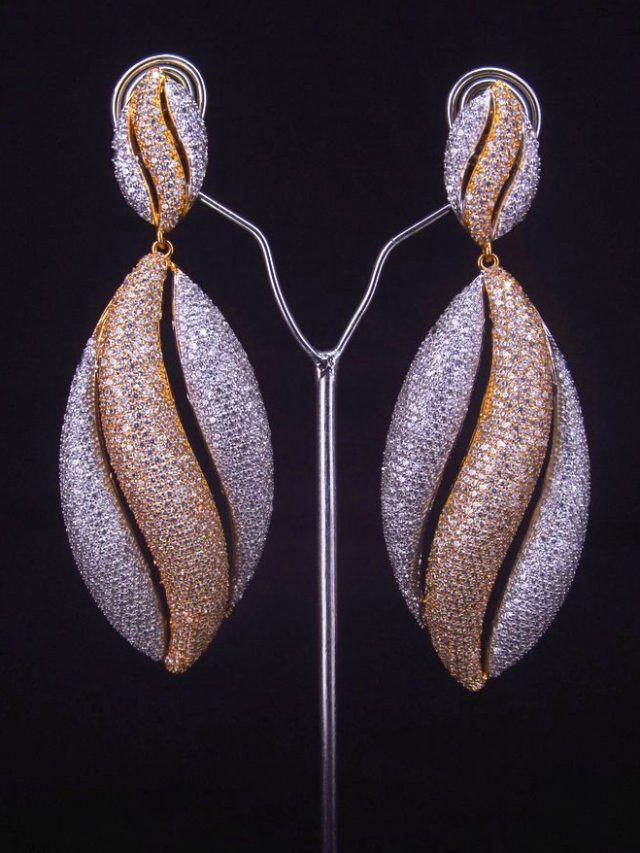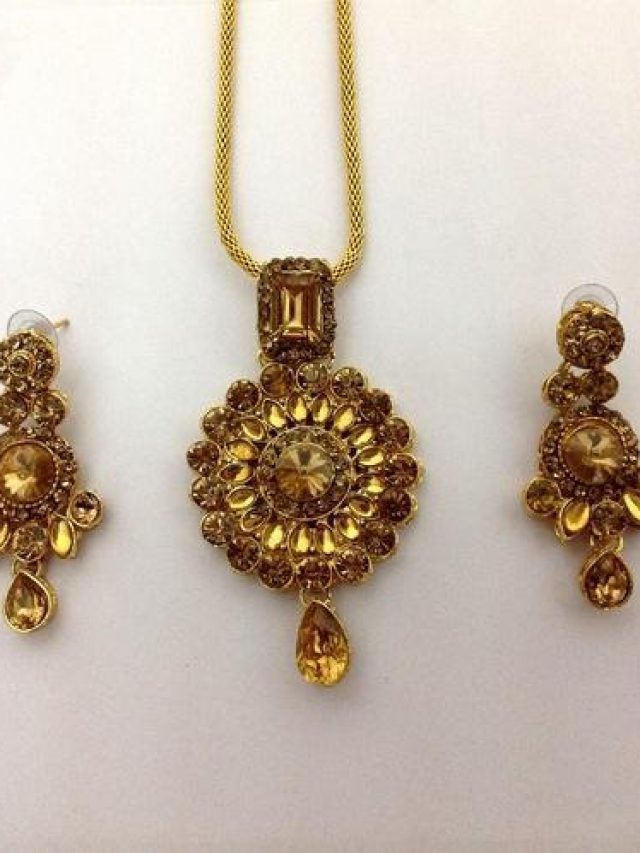
Successfully reaching lofty sales targets is usually about more than just offering better products or selling harder. TOM MARTIN explains how retailers can increase sales by eliminating friction.
All of us – every person, organisation and sales team – is surrounded by hidden forces that make it more difficult to convince others to adopt the new ideas necessary to close more sales.
So when your sales numbers aren’t meeting expectations, what do you do?
Loran Nordgren, author of The Human Element, believes that most companies add more ‘fuel’.
Staff are encouraged to sell harder, to improve or invest more in marketing, to offer new and improved products and to consider additional hiring.
However, what if you took a different approach? What if, instead of adding fuel, you removed friction?
It’s an important question because answering it incorrectly wastes investment, time, and effort, which leads to failure. Fuel in sales is anything that elevates or enhances the appeal of an idea, product or decision.
Typically this involves incentives, supportive evidence, emotional appeals or demonstrating the value of a new idea, product, or service to end-users.
Friction meanwhile is anything that resists change. It’s defined as any set of forces that drag on innovation and change.
Retailer learns a lesson
In Nordgren’s book, he uses the example of a hypothetical furniture retailer which sells customisable one-of-a-kind furniture.
The problem is that the customers love using the website to customise potential products and, using online design tools for hours at a time, but they don’t buy the finished product.
The retailer attempts to resolve the problem with ‘fuel’ – reduced prices and improved fabric options both of which don’t increase sales.
The retailer then engaged a research consultant who discovered the real problem: customers didn’t know what to do with their existing furniture in order to make room for their customised product.
The retailer had added fuel in order to stimulate sales, when all that was required was eliminating the ‘friction’ keeping the customer from making the purchase.
The retailer employed an additional service offering to remove any existing furniture as a part of the delivery process. Sales took off!
Forget the easy way
It’s easier and sexier to build a bigger rocket instead of a lighter spaceship. The human mind instinctively processes behaviour through the lenses of motivation and intent. The same principles are at play when people make the mistake of adding more fuel, rather than eliminating friction.
If people aren’t buying what we’re selling, we assume the lack of desire is driven by a product’s lack of appeal. We instinctively add more fuel in hopes of winning the sale.
Identifying friction can take a lot of time and energy, which takes our attention away from our customers.
The University of Chicago, as an example, had a smaller applicant pool in comparison to similar colleges and universities. The school had a reputation for being rigorous and they wrongly, as it turns out, believed their brand was causing students to shy away from applying.
In truth, students weren’t afraid of applying to a rigorous college, the issue was the ease of application. A number of other colleges and universities had joined a program, which allowed students to file a single application that was distributed to all participating schools.
Once the University of Chicago joined that same program, applications increased dramatically.
Simple techniques
Next time you find yourself facing a sales issue, instead of just trying to sell hard, consider making it easier for people to buy what you’re selling by fighting friction.
Make the action easier. Netflix automatically plays the next episode of any series because they knew it improves the chances that you’ll keep watching. Even the most minor changes to friction can keep a customer engaged.
Make the customer feel as though they are the author of the change. We are most influenced by ideas that we believe we generated on our own. Guide your customer to the right purchase, don’t tell them what to buy.
Remove negativity bias. Everyone knows that negative experiences carry greater weight in comparison to positive ones. You need five good experiences in a relationship to outweigh one bad one. Think about how that principle can be applied to your relationship with customers.
The bottom line
Before you begin any sales process consider things from the view of your audience first. Uncover any source of friction and address them.














